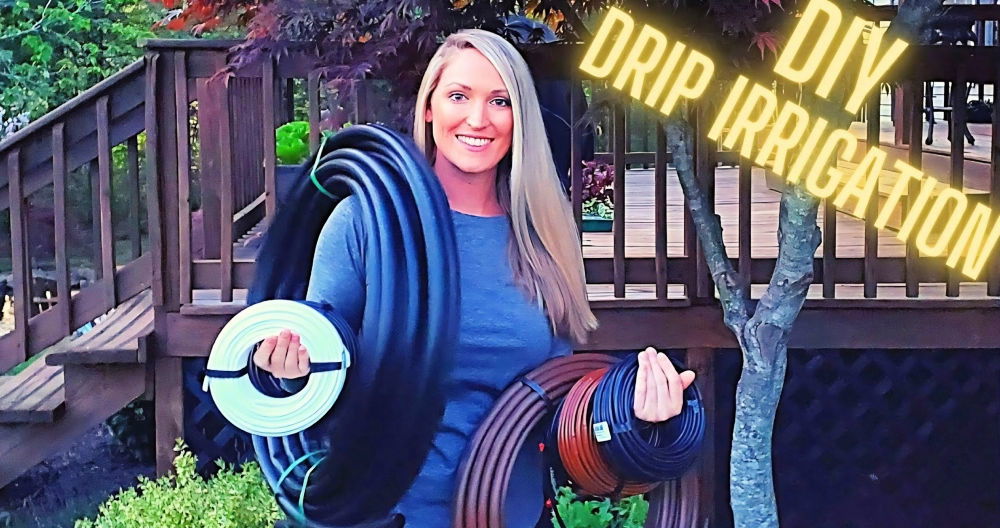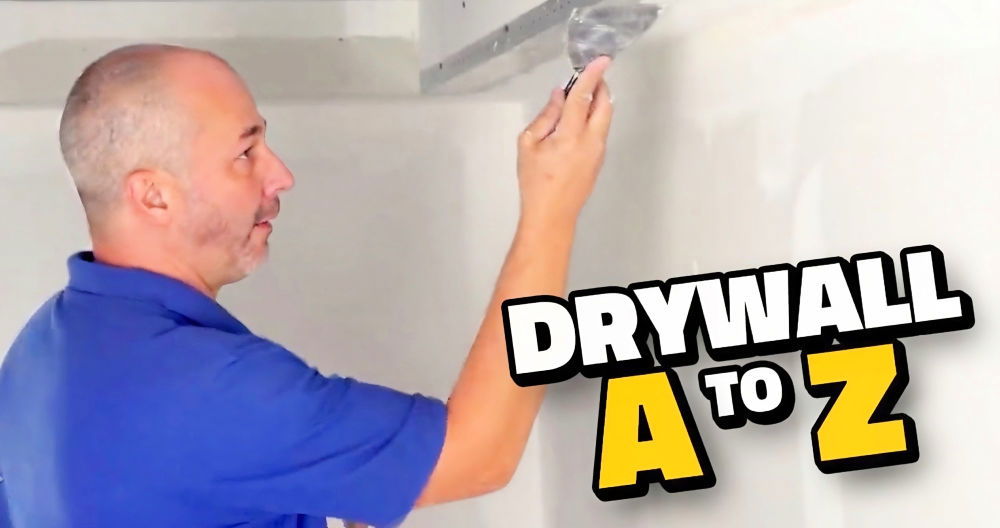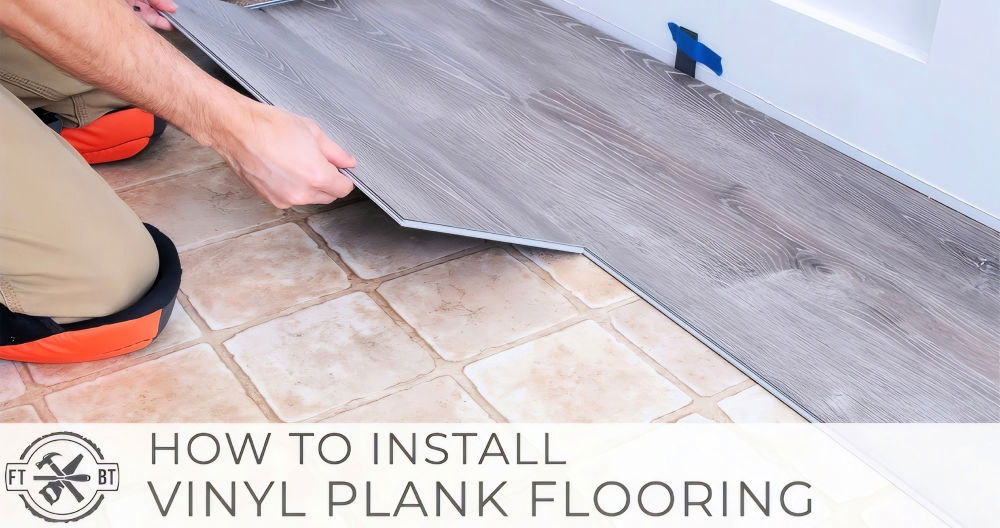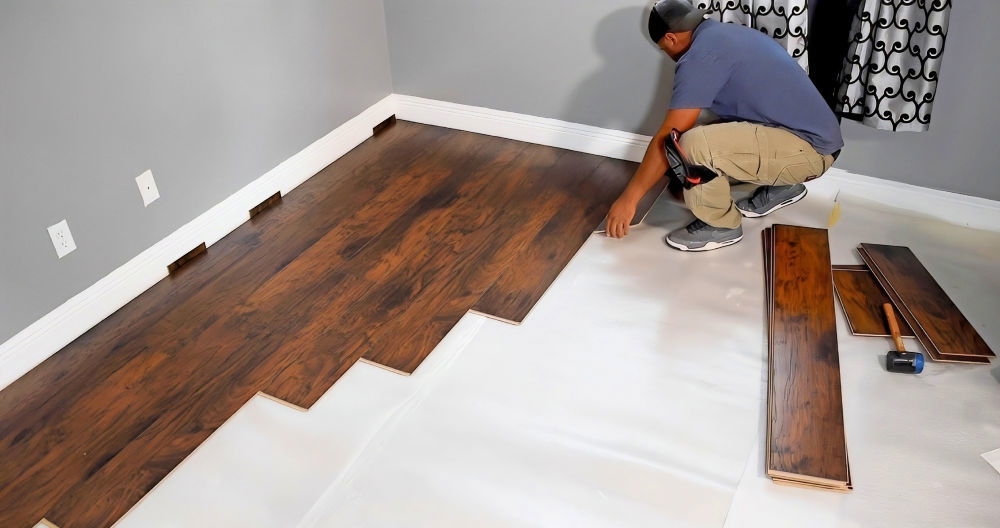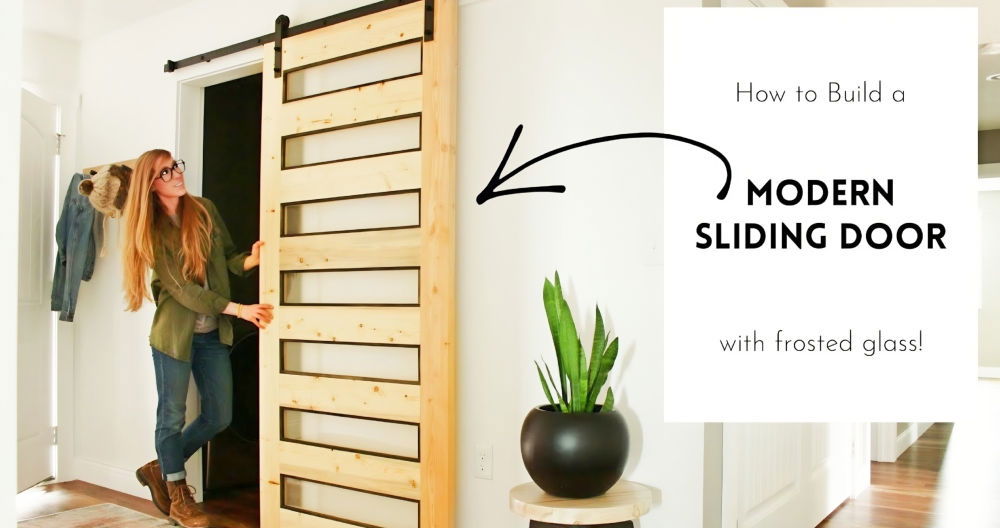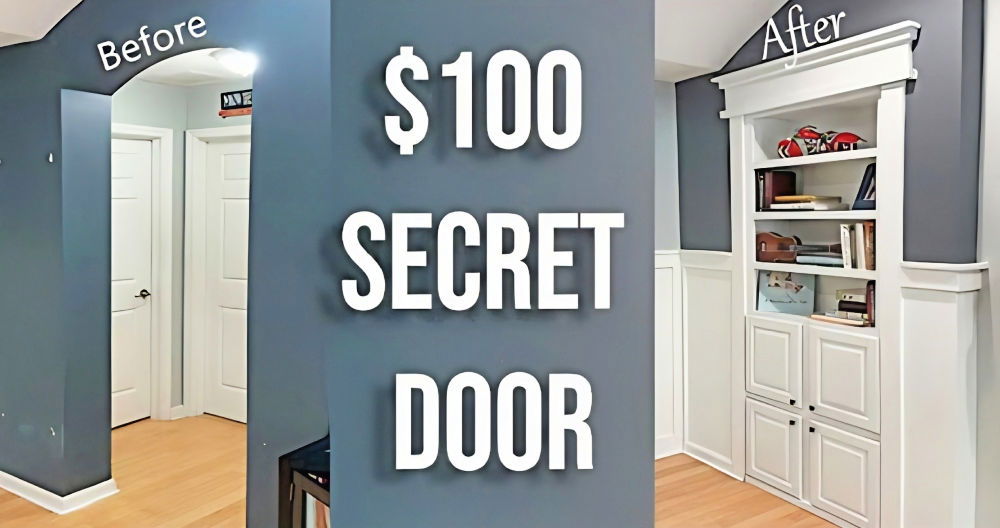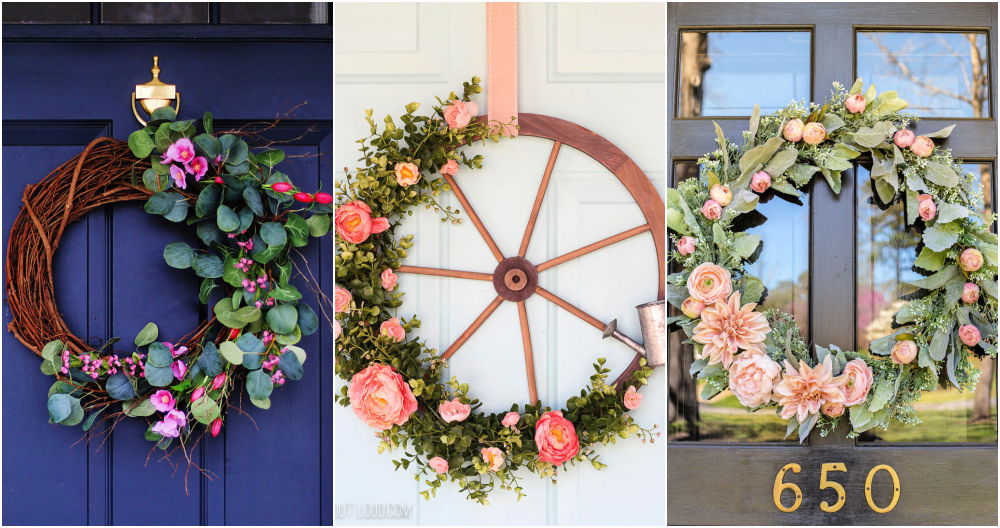Installing a DIY pocket door can maximize your space and add style to your home. Building a pocket door might seem daunting, but with the right guide, it's manageable. In this guide, we'll walk you through the steps on how to build a pocket door and install it efficiently. By following these instructions, you'll learn how to make a pocket door that will not only save space but also enhance the aesthetic of any room.
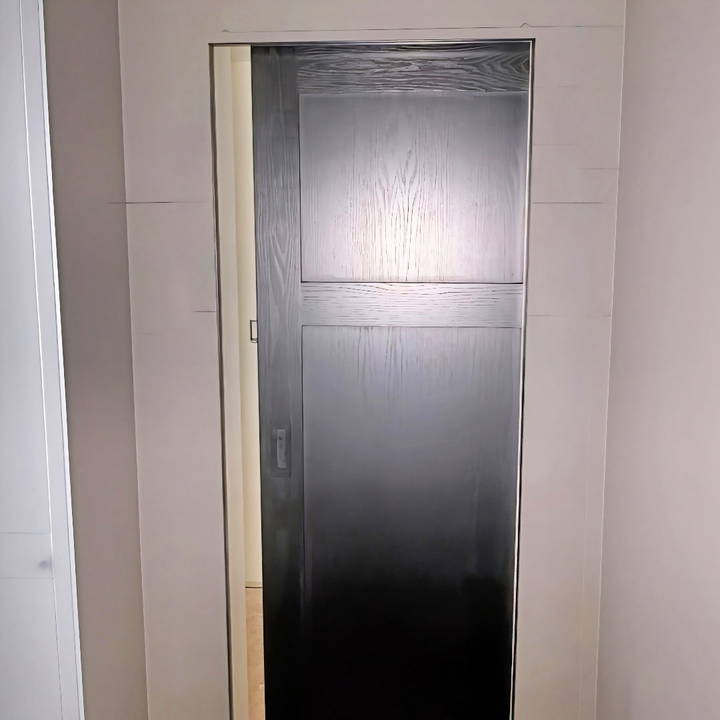
First, prepare all necessary tools and materials. Follow each step carefully to avoid common mistakes and ensure your project is successful. From measuring the space to installing the final door, our guide simplifies every task.
Ready to get started? In the next section, we'll dive into the details and give you all the tips and tricks you need for a smooth installation.
Why Build Your Own Pocket Door?
The primary reasons include cost savings, customization, and ensuring a quality build that's stronger and operates smoothly. While ready-to-use kits are convenient, they often compromise on sturdiness and may not fit the specific aesthetic or size requirements of your space.
Materials Needed and Their Purpose:
- Johnson Sliding Pocket Door Kit: The heart of the operation, this kit provides the essential hardware, namely the aluminum track and the carriage wheels. The rest of the kit parts are surplus to requirements for this project.
- 2x4 or 2x6 Lumber: These are turned on edge to form the main structure of the pocket door frame. Choosing dry lumber is crucial to prevent twisting later on.
- Rubber Bumpers: These are used to build a soft stop for the door, ensuring it closes gently and aligns flush with the trim.
- Finger Pull Hardware: Essential for easy opening and closing of the pocket door.
- Aluminum C-Channel & Guide Pin: These are installed at the bottom of the door to keep it centered and prevent it from swinging.
Step by Step Instructions
Learn how to install a DIY pocket door with our step-by-step instructions. From frame construction to smooth operation, get expert tips for your project.
Step 1: Frame Construction
First, I constructed the main frame using the 2x4 or 2x6 lumber, depending on the wall thickness. By turning these on their edge and securely toe-screwing them into place, a solid and space-efficient frame that could accommodate the door was buildd.
Step 2: Level and Attach the Track
Attaching the aluminum track from the kit to a perfectly leveled top board is crucial. The smooth operation of the door greatly relies on the track's levelness. This step may require patience and precision, but it's vital for the overall mechanism.
Step 3: Door Attachment
The door is attached to the carriage wheels from the kit, allowing it to hang and slide on the track. It's important here to use the adjustment screws available on the track system to ensure the door is perfectly vertical and slides smoothly.
Step 4: Install Soft Stop and Door Hardware
Adding the rubber bumpers to build a soft stop inside the pocket prevents the door from slamming and ensures a flush close with the wall trim. Installing the finger pull hardware aids in the door's operation, making it easy to slide open and closed.
Step 5: Guide System for Smooth Operation
Finally, integrating the aluminum C-channel and guide pin at the bottom of the door ensures it remains centered and stable, preventing any swinging motion and ensuring a smooth glide within the track.
Additional Tips:
- Measure Twice, Cut Once: This age-old adage is your best friend in DIY projects. Accurate measurements ensure a smooth process and a perfect fit.
- Research and Prep: Watching tutorials and preparing all tools and materials before starting can save time and prevent errors.
- Safety Gear: Always wear protective gear, such as safety glasses and gloves, to prevent injuries.
Design Ideas and Customization for Pocket Doors
When it comes to adding a pocket door to your home, the design and customization options are vast and can truly transform a space. Here's a detailed look at how you can tailor a pocket door to fit your style and needs.
Choose Your Style
Pocket doors come in various styles to match the aesthetic of your home. Whether you're looking for a classic wood finish, a modern glass panel, or something more rustic, there's a pocket door style for you. The latest trends include minimalist designs with clean lines and black statement doors that offer a sophisticated look.
Material Matters
The material you choose for your pocket door not only impacts the look but also the durability. Solid wood doors provide a timeless appeal, while metal and glass doors give a more contemporary feel. For a budget-friendly option, consider composite materials that mimic the look of wood without the higher cost.
Finishing Touches
The finish of your door can dramatically change its appearance. From natural stains that highlight the wood grain to bold paint colors or even black stains for a modern edge, the possibilities are endless. Some homeowners opt for white ash or knotty alder for their unique textures and finishes.
Hardware Selection
The hardware you select for your pocket door is just as important as the door itself. Choose from a variety of handles, locks, and pulls that not only complement the door's design but also ensure smooth operation. Innovations in hardware include soft-close functions and synchronized opening mechanisms for double doors.
Custom Sizing
One of the benefits of pocket doors is their ability to be customized to fit any opening. Whether you need a standard size or a door that stretches across an entire room, pocket doors can be made to order. This customization allows for a seamless integration into your living space.
Environmental Considerations
As we become more environmentally conscious, it's important to consider the sustainability of our choices. Look for pocket doors made from sustainably sourced materials or those that offer energy efficiency benefits to reduce your environmental footprint.
Building a customizable pocket door saves space and adds a personal touch. Ensure choices match your space's overall design for cohesion.
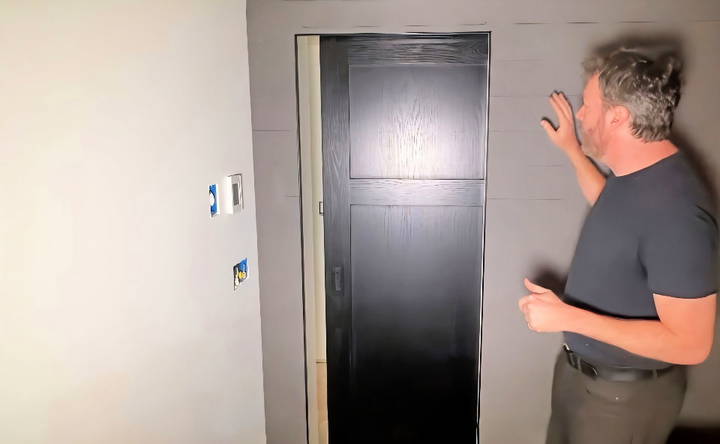
Troubleshooting Common Problems with Pocket Doors
Pocket doors are a great space-saving solution, but they can sometimes present challenges. Here's a straightforward guide to solving some of the most common issues you might encounter with your pocket door.
Door Won't Slide Smoothly
If your pocket door is sticking or not sliding smoothly, it could be due to debris in the track. A simple fix is to clean the track with a damp cloth. If the door still sticks, check the rollers. They might need to be popped back into place or adjusted for height to ensure the door is level.
Door Has Fallen Off the Track
A door that's come off its track can be a bit more challenging. You'll need to carefully remove the door casing to access the track and rollers. Once you have access, you can realign the door on the track and secure the rollers. Be sure to check that all hardware is tightened and in good condition.
Squeaking Noise
A squeaky pocket door can be annoying. This is often caused by old or dry rollers. Applying a silicone-based lubricant can help reduce noise. Make sure to apply the lubricant to both the track and the rollers for the best results.
Locks and Latches Problems
If you're having trouble with the lock or latch, it might be due to misalignment or wear and tear. Check the alignment of the lock and make any necessary adjustments. If parts are worn out, you may need to replace the lock or latch to ensure your door is secured properly.
Door Scratches or Damage
Scratches on the door can occur if there's something obstructing the track, like a loose screw or debris. Inspect the track for any foreign objects and remove them. If the door itself is damaged, you might need to fill in scratches or repaint the door to keep it looking fresh.
Difficulty in Closing
If your pocket door is hard to close, it could be due to the house settling over time, which can affect the door's alignment. You may need to adjust the position of the door with shims or rollers to ensure it closes properly.
Address these common issues to keep your pocket door smooth and appealing. Regular maintenance can prevent many problems.
FAQs About DIY Pocket Door Installation
Learn how to install and maintain your pocket door efficiently by getting answers to common questions in our FAQs about DIY pocket door installation.
A pocket door is a sliding door that disappears into a compartment in the adjacent wall when opened. It’s a great space-saving option for areas where a swinging door would take up too much room or obstruct movement.
Yes, but it requires extra steps. You’ll need to install a new header to support the weight above the door and may need temporary support during installation. It’s often recommended to consult a professional for this type of installation.
Measure your door opening and choose a kit that fits the size. Kits are available for standard door sizes, but if your door is non-standard, you may need a custom solution. Look for kits that include all necessary hardware and have good reviews for ease of installation and durability.
After installation, pocket doors require minimal maintenance. However, to ensure smooth operation, you should:
Regularly clean the track to remove dust and debris.
Lubricate the rollers periodically with a silicone-based lubricant.
Check the alignment of the door occasionally, as it may shift over time due to usage or house settling.
If your pocket door comes off its track, follow these steps to fix it:
Remove the door stops to access the rollers.
Lift the door and guide the rollers back onto the track.
Replace the door stops and test the door's movement.
If the problem persists, check for damaged hardware and replace if necessary.
Conclusion
In conclusion, this DIY pocket door installation can transform any living space. By following the steps on how to build and install a pocket door, you gain both style and functionality. Happy building and enjoy your new interior upgrade!


